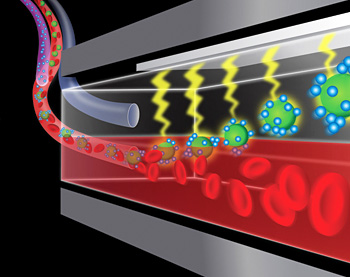INDIAN ARMED FORCES CHIEFS ON OUR RELENTLESS AND FOCUSED PUBLISHING EFFORTS

The insightful articles, inspiring narrations and analytical perspectives presented by the Editorial Team, establish an alluring connect with the reader. My compliments and best wishes to SP Guide Publications.

"Over the past 60 years, the growth of SP Guide Publications has mirrored the rising stature of Indian Navy. Its well-researched and informative magazines on Defence and Aerospace sector have served to shape an educated opinion of our military personnel, policy makers and the public alike. I wish SP's Publication team continued success, fair winds and following seas in all future endeavour!"

Since, its inception in 1964, SP Guide Publications has consistently demonstrated commitment to high-quality journalism in the aerospace and defence sectors, earning a well-deserved reputation as Asia's largest media house in this domain. I wish SP Guide Publications continued success in its pursuit of excellence.
- The layered Air Defence systems that worked superbly, the key element of Operation Sindoor
- Operation Sindoor | Day 2 DGMOs Briefing
- Operation Sindoor: India strikes back with Precision and Purpose
- Operation Sindoor: Resolute yet Restrained
- India’s Operation Sindoor Sends a Clear Message to Terror and the World – ‘ZERO TOLERANCE’
- Japan and India set forth a defence cooperation consultancy framework, talks on tank and jet engines
- Terrorist Attack in Pahalgam in Kashmir: Unfolding a long surgical war against PAK
- Lt General Pratik Sharma takes over Command of Indian Army's Northern Command
Revolutionary approach for controlling sepsis key to saving warfighter lives

Sepsis is an overwhelming blood infection, which when coupled with shock (such as that which may be experienced following a combat injury) has a mortality rate near 50 per cent. Current methods to identify and treat sepsis may take 48 hours or longer – resulting in increased recovery time from combat wounds and hundreds of preventable deaths.
In fall 2011, DARPA began research to limit the impact of sepsis on the US warfighter through the Dialysis-Like Therapeutics (DLT) programme. The goal of DLT is to demonstrate a portable device capable of sensing and removing various targets in the blood (e.g. bacteria, viruses, toxins, and cytokines) on clinically relevant time scales. As pathogen load is strongly correlated with patient morbidity and mortality, early detection and rapid reduction is considered fundamental to programme success and eventual clinical impact. Research to date has focused on advancing the components needed for such a device.
Today, DARPA announced a solicitation seeking integration of previously awarded DLT projects to develop sensors, complex fluid manipulation architectures, separation technologies and closed-loop control algorithms. After integration, DARPA hopes for a single device capable of removing at least 90 per cent of sepsiscausing material from a patient within 24 hours. The DLT device sought by DARPA would differ from kidney dialysis devices by potentially enabling continuous, early sensing based on the entire blood volume, removing the need for anticoagulants, and facilitating label-free separation of multiple targets within the blood.





